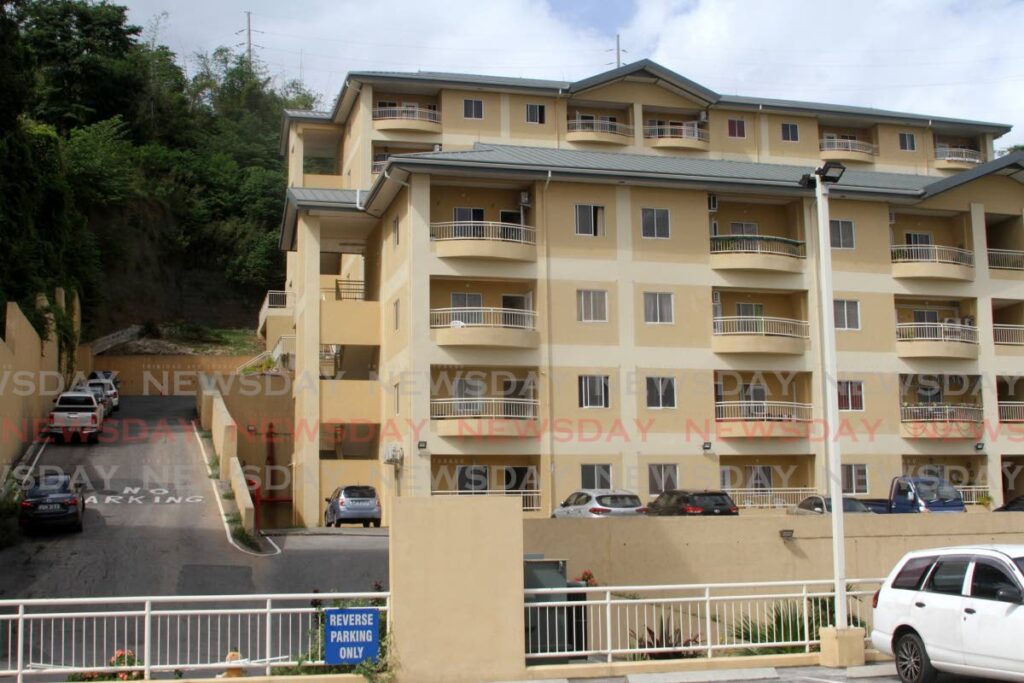HDC’s new housing plan

HDC managing director Jayselle Mc Farlane announced on Wednesday that the state housing agency was interested in public-private partnerships to satisfy the demand for housing stock.
There are 200,000 applications for homes on the corporation’s registers.
The government is also talking about relaxing town planning standards in Port of Spain’s suburbs to increase the density of housing per square foot – a potential problem if it isn’t done on an environmentally sound basis.
The government is targeting the construction of 25,000 housing units over the next ten years.
Is the HDC, even the “new HDC” promised by chairman Noel Garcia, ready and capable of handling such a dramatic increase in its mandate?
The corporation distributed 1,000 homes in 2021, of which 201 were houses for low-income earners built under the HDC’s small and medium contractors project.
In pursuing this ambitious mission, which more than doubles its own current rate of housing delivery, the corporation has perhaps reflected on its unfortunate past in managing construction projects. Inadequate line oversight has led to expensive workovers, uninhabitable buildings and the demolition of unusable projects after completion.
The HDC should also reconsider its appetite for building or commissioning expensive upscale properties that are obviously beyond the pockets of its target market.
An increase in construction under its aegis must be matched by a commitment to improved project management, insistence on value for public spending and meeting the needs of the greatest number of potential homeowners.
That must begin with a revamp of the HDC’s ongoing and existing operations.
Better evaluation of potential homeowners’ capacity to pay is a priority, given the debt of $130 million owed to the corporation by renters and mortgagees of its homes. At least $47 million of that is owed by what the corporation describes as traditional renters, legacy homeowners living in properties built by its predecessor, the National Housing Authority.
The corporation is stung twice with these properties, because along with unpaid rent, the HDC is committed to paying for electricity and water.
The corporation must work harder to reverse the notion that paying for its properties is optional – and must accept some of the responsibility for allowing that staggering debt to run, in some cases, for more than a decade. To do that, it must improve its outreach to delinquent tenants and owners and simplify activating revenue through payment of arrears on a manageable, humane basis.
It wasn’t until July 2021, for instance that the HDC thought of collecting payments and offering basic services to its customers at its San Fernando office.
Insisting on payment isn’t as high-profile as handing out keys to new homeowners, but it’s a core responsibility of the HDC as landlord. Without that revenue, the cost of upkeep falls to taxpayers – who have already funded the construction of billions of dollars’ worth of housing projects.


Comments
"HDC’s new housing plan"